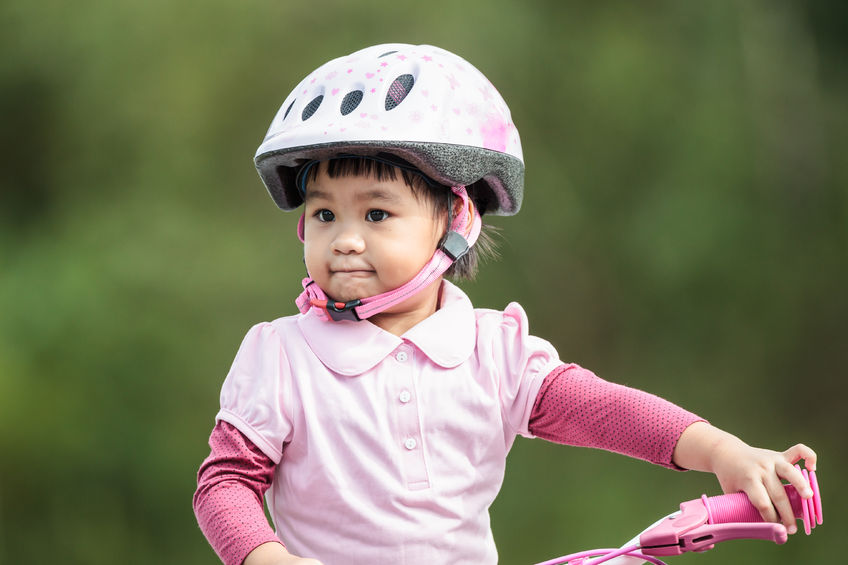Road accidents account for a third of accidental deaths among 0-14 year olds and over half of accidental deaths for 5-14 year olds. In 2011, 2,412 children under the age of 16 were killed or seriously injured on the roads. Don’t take the risk - teach your children about road safety - visit the government website.
0-4’s Talking about traffic with your child when you’re out and about is one of the best ways for him or her to learn:
- Play ‘spotting’ games: where’s a lorry? Can you find a bus? Let’s see who can spot a taxi first.
- Ask your child to tell you about the vehicles waiting at the traffic lights or passing you in the car.
- Talk about vehicles you see: which is biggest or fastest? What colours are they? Which carries the most people? Which way is it going? Do some counting.
- Building up your child’s language will help him or her to understand traffic: use words to describe speed, size, shape, directions or talk about signs, lights, signals and road markings.
- Talk about how we can tell when traffic is near or when it is coming towards us, asking your child when cars are safe and when they can be dangerous
- Use a harness or wrist strap when toddlers are walking near to roads and walk with the adult kerb-side
- The Children’s Traffic Club
Over 5’s - Teach them the Green Cross Code



